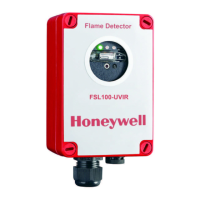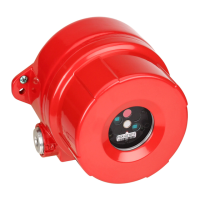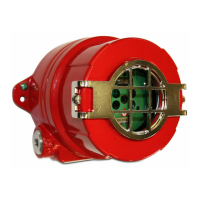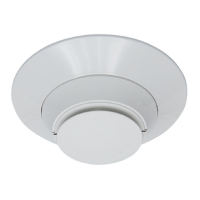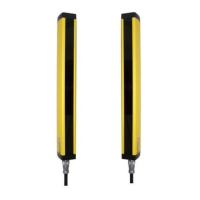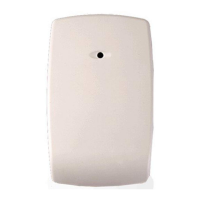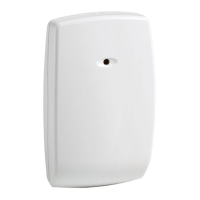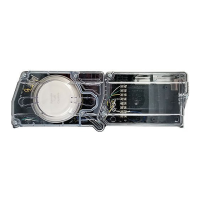14.4 North American approvals – cFMus class 3611 & FM class 3260
All drawings and other details are listed in the “Document List FSL100-series flame detector”.
FM approvals for the:
FSL100-UV UV Flame Detector
FSL100-UVIR UVIR Flame Detector
FSL100-IR3 IR3 Flame Detector
Nonincendive per FM class 3611: Class I, II, III, Div. 2, Groups A, B, C, D, F, G
Nonincendive per C22.2 No. 213: Class I, Div. 2, Groups A, B, C, D
Dust-tight per C22.2 No. 25: Class II, III, Div. 2, Groups F, G
Ambient temperature : -25ºC
to +70ºC
Temperature Code: T4 at Ta < +70ºC
Ingress Protection: IP65
Warnings:
1. The power supply of the flame detector must comply with NEC class 2, as described by the National Electrical Code
(ANSI / NFPA 70).
2. Cable used with the flame detector must be PLTC or ITC type as described by the National Electrical Code (ANSI /
NFPA 70); twisted shielded pairs.
3. When cleaning the swivel mount SM21, exclusively use a damp micro fiber cloth to avoid the mount from getting static.
4. The screws of the housing lid should be tightened with a torque of 2 Nm.
5. The screws of the wire terminals should be tightened with a torque of 0.4 Nm.
6. The alarm- and EOL resistor must be rated 2 W minimum each and the total power dissipation of both alarm- and EOL
resistor should not exceed 2 W.
7. Substitution of components may impair suitability for division 2.
8. Do not open when energized.
9. Explosion hazard. Do not remove or replace while circuit is powered or when a flammable or combustible atmosphere is
present.
10. Explosion hazard. Do not disconnect equipment when a flammable or combustible atmosphere is present.
11. Explosion hazard. Do not disconnect while circuit is powered unless the area is known to be non-hazardous.
-For language translation assistance, contact your local representative, or email: gasdetection@honeywell.com
-Pour la langue de traduction aide, contactez votre représentant local ou envoyez, un e-mail: gasdetection@honeywell.com
Avertissement:
Risque d'explosion. Ne pas débrancher tant que le circuit est sous tension, à moins qu'il ne s'agisse d'un emplacement non
dangereux.

